A Year in Review: The Latest Features and Enhancements in SAP MDG Cloud Edition (up until version 2411)
In this blog, we begin our exploration of the newest features offered by the SAP Master Data Governance Cloud Edition (MDG CE), up until version 2411.
Intro
Hello and welcome to 2025, this is the second blog in our series providing updates on the new functionalities in SAP MDG CE. Read our previous blog post here.
SAP MDG CE represents a significant shift from on-premise solutions to the cloud, meeting the growing demand for flexible, scalable, and secure platforms designed to adapt to ever-changing business requirements. This shift brings significant advantages, including flexible pay what you use scalability, reduced upfront expenses through subscription-based pricing, and improved security on a dependable cloud infrastructure.
SAP MDG Cloud Edition excels in managing core business partner data attributes, offering powerful features such as master data consolidation, centralized governance (both single and mass processing), and comprehensive data quality management capabilities.
Let’s dive into SAP MDG CE and explore its newest capabilities. We’ll begin by uncovering how it can be suited for your organization, covering topics such as Legal Business Partner Hierarchies, core attributes of the Business Partner Data Model & Business Partner Processing, Inbound Process Integration of Business-Partner Relationships, Boosting Data Quality Management with New Apps, and Integration Strategies. To kick off, let’s take a look at why the SAP MDG CE could be suited for your organization.
Why is SAP MDG CE suited for your organization?
Two use cases of SAP MDG CE were described in our previous blog.
In summary, SAP MDG CE is an ideal choice for your organization if:
- You are initiating an MDG project for Business Partner data and seek a solution with low entry barriers.
- Your organization requires centralized governance of core Business Partner data and prefers a public cloud SaaS solution.
- You want to centralize governance of core attributes while keeping application-specific attributes managed within decentralized systems, with the option to transition to federated MDG in the future.
Unlock the Power of Legal Business Partner Hierarchies with SAP MDG Cloud Edition
When evaluating a potential supplier or customer, understanding the organizational structure of their corporate group is essential. High-quality, reliable data makes this process smoother, which is exactly where the governance of legal business partner hierarchies steps in. SAP MDG CE simplifies this by providing a centralized platform for managing master data.
SAP MDG CE allows organizations to:
- Centrally consolidate and manage legal hierarchies to represent complex organizational and cross-organizational ownership structures.
- Replicate hierarchy information for consumption across lines of business, such as SAP Ariba Supplier Lifecycle Performance, ensuring consistent, high-quality data across systems.
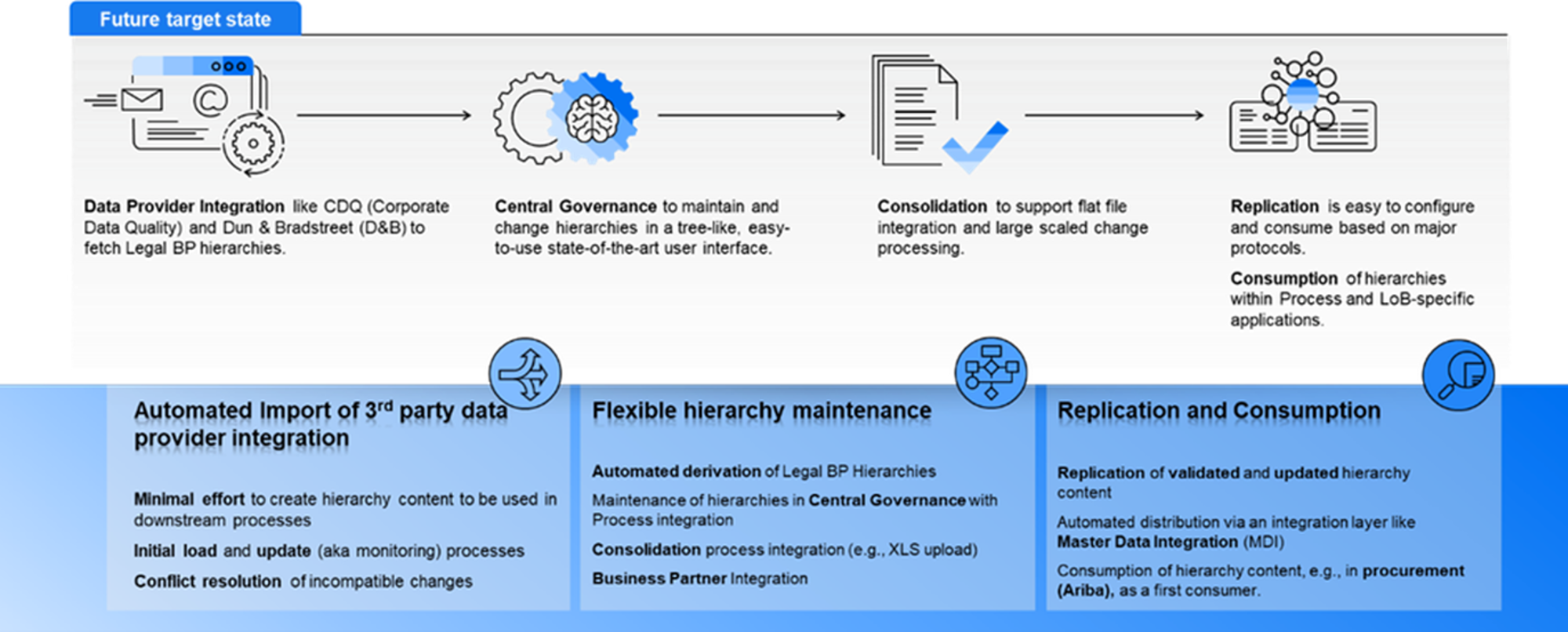
Figure 1: Future Target State
Data model Business Partner Hierarchies

Figure 2: Data Model Business Partner Hierarchies
Business Partner Hierarchy Type
- Current scope “Legal BP Hierarchies” (Type 1)
- Further types are planned, like D&B Hierarchy or, e.g. custom hierarchy types
Manage core attributes and the hierarchy structure using:
- Fuzzy search capabilities to find business partner hierarchies using various criteria.
- Create or change processes for core master data attributes and hierarchy structures.
- Workflow-based governance with dual control and automated email notifications to inform stakeholders of progress.

Figure 3: Process Flow Business Partner Hierarchies
- Integrated duplicate checks to prevent the creation of redundant hierarchy nodes.
- Change tracking to monitor who modified what and when.
- Automatic replication of activated data to consuming applications.
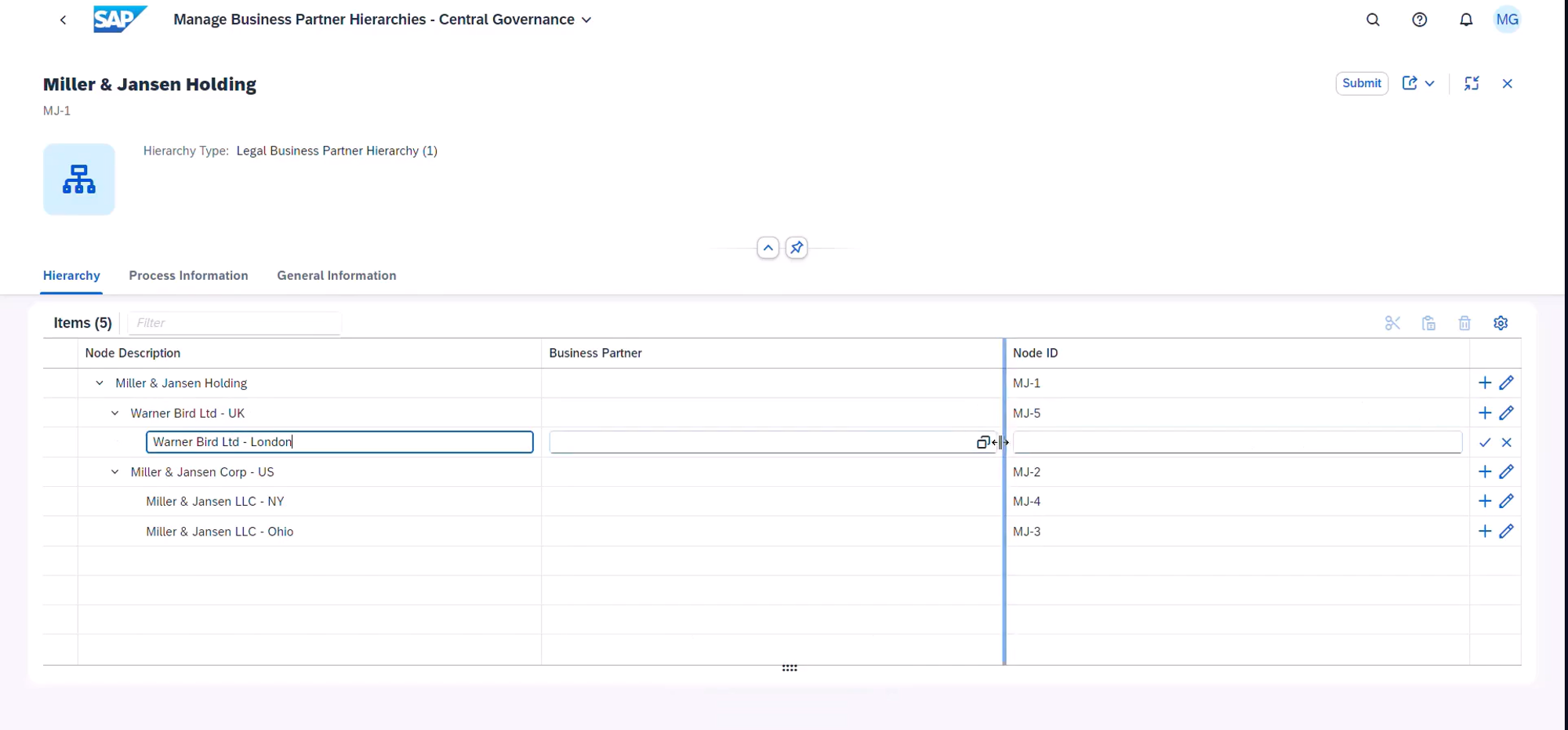
Figure 4: Legal BP Hierarchy
Importing Core Attributes of Business Partner Hierarchy Data
- Ability to load hierarchy data from external files, ensuring easy integration with external systems.
- Automated validity checks for data accuracy, with optional expert intervention for resolving discrepancies.

Figure 5: Process flow Consolidation BP Hierarchies
Integrating Business Partners with Hierarchy Nodes
- Streamlined assignment of existing business partners to hierarchy nodes.
- Real-time validation checks to ensure data accuracy.
- Automated success or error notifications for stakeholders.
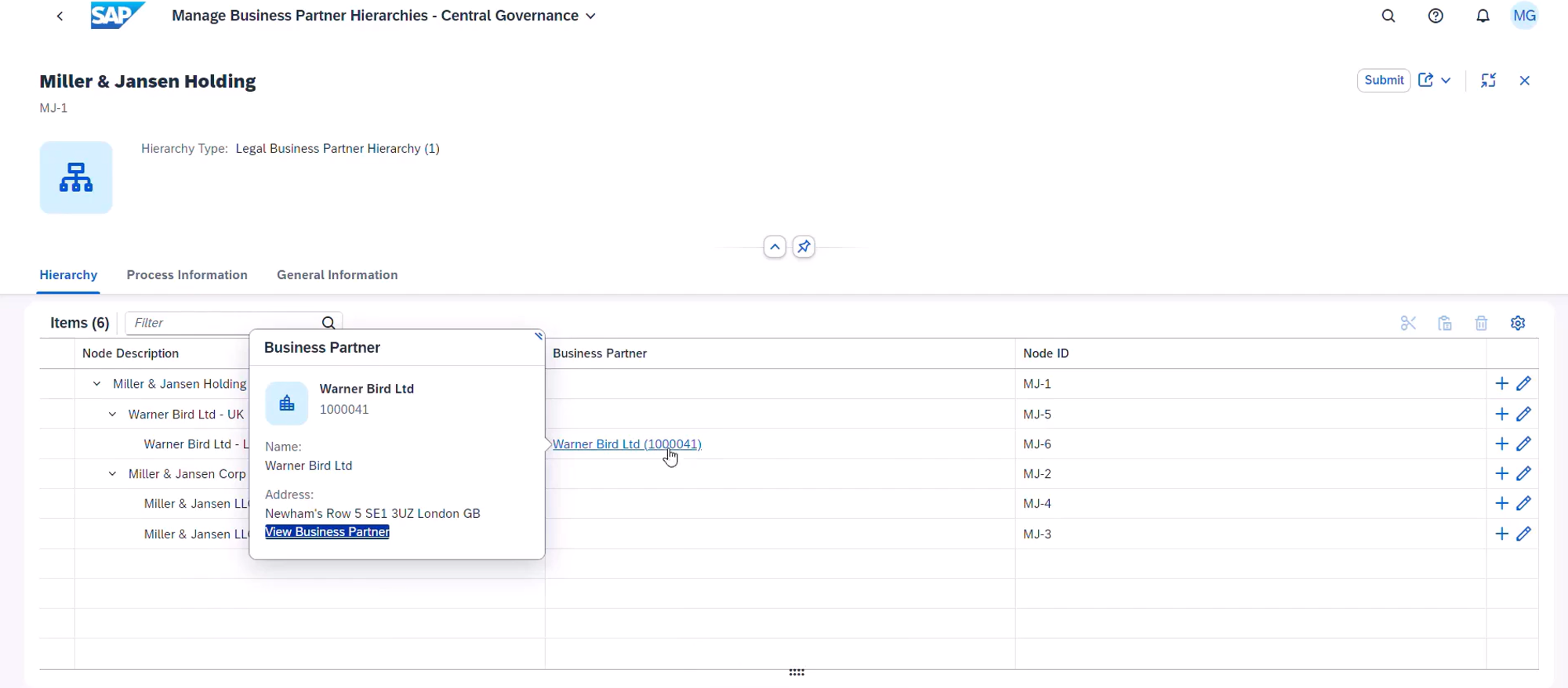
Figure 6: Assigning a Business Partner to hierarchy node
Replicating Managed Hierarchy Data to Consuming Applications
- Integration with SAP Master Data Integration (MDI) services to enable data sharing across systems.
- Automatic replication of validated data at the end of processes to applications like SAP Ariba Supplier Lifecycle Performance (SLP).
By streamlining these processes, SAP MDG Cloud Edition enables organizations to build a unified, trusted view of their business partners, driving better decisions and operational efficiency.
Enhancements to the core attributes of the Business Partner data model
SAP MDG Cloud Edition now enables assigning multiple organizational units, such as purchasing organizations, sales areas, or company codes, directly to a business partner. This feature focuses on organizational unit assignments while excluding attributes like reconciliation accounts, Incoterms, or payment methods.
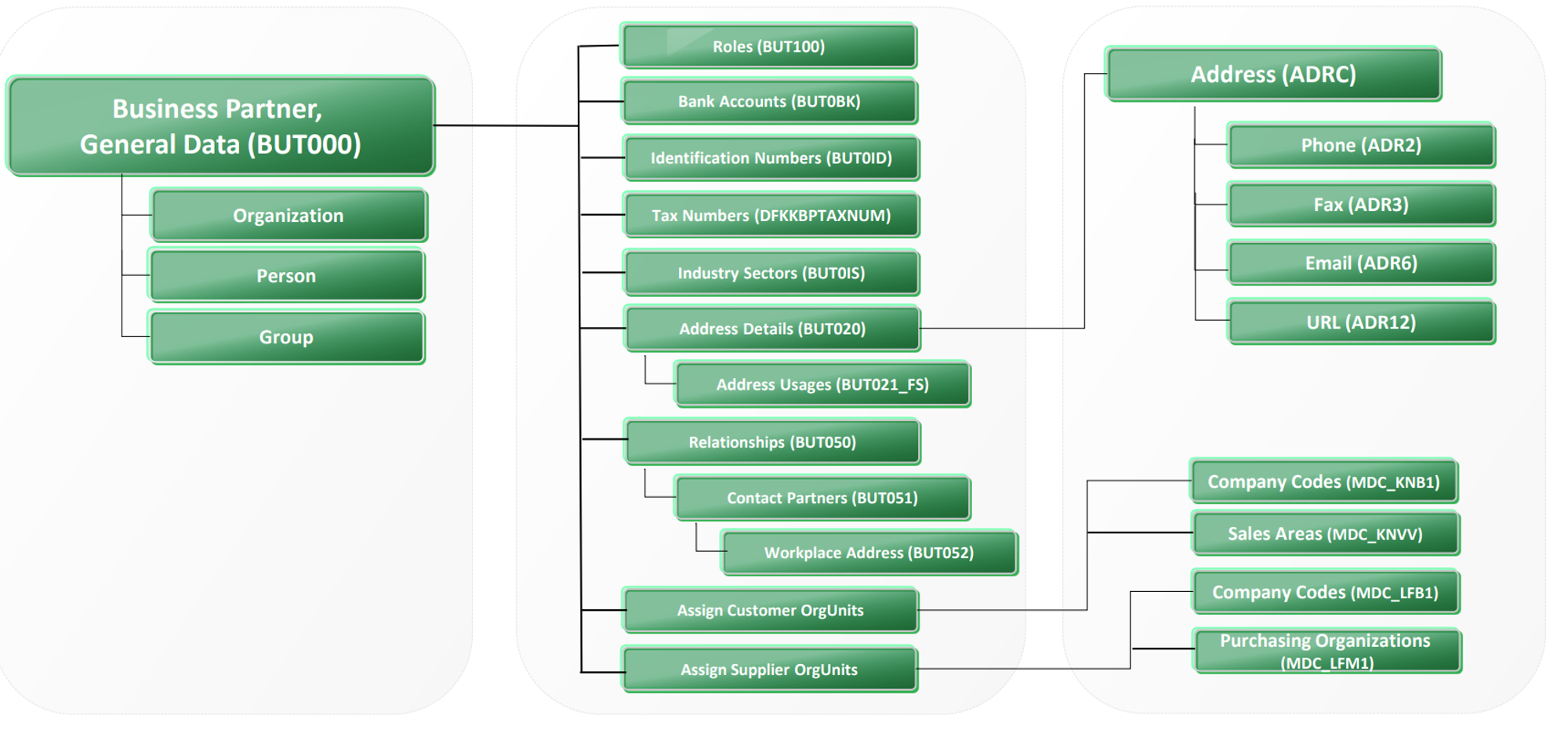
Figure 7: Business Partner data model
Key highlights include:
- Create organizational units (e.g., purchasing organizations, sales areas) directly during business partner creation via the quick create view or object page.
- Full MDG process support for organizational unit assignments.
- Supplier or customer roles are mandatory for creating respective organizational units.
- User-specific authorization for creating or viewing organizational units.
- Assign multiple organizational units to a single business partner.
- Define and enforce validation rules for organizational units.
- Upload business configurations from backend systems to SAP MDG Cloud Edition using spreadsheets
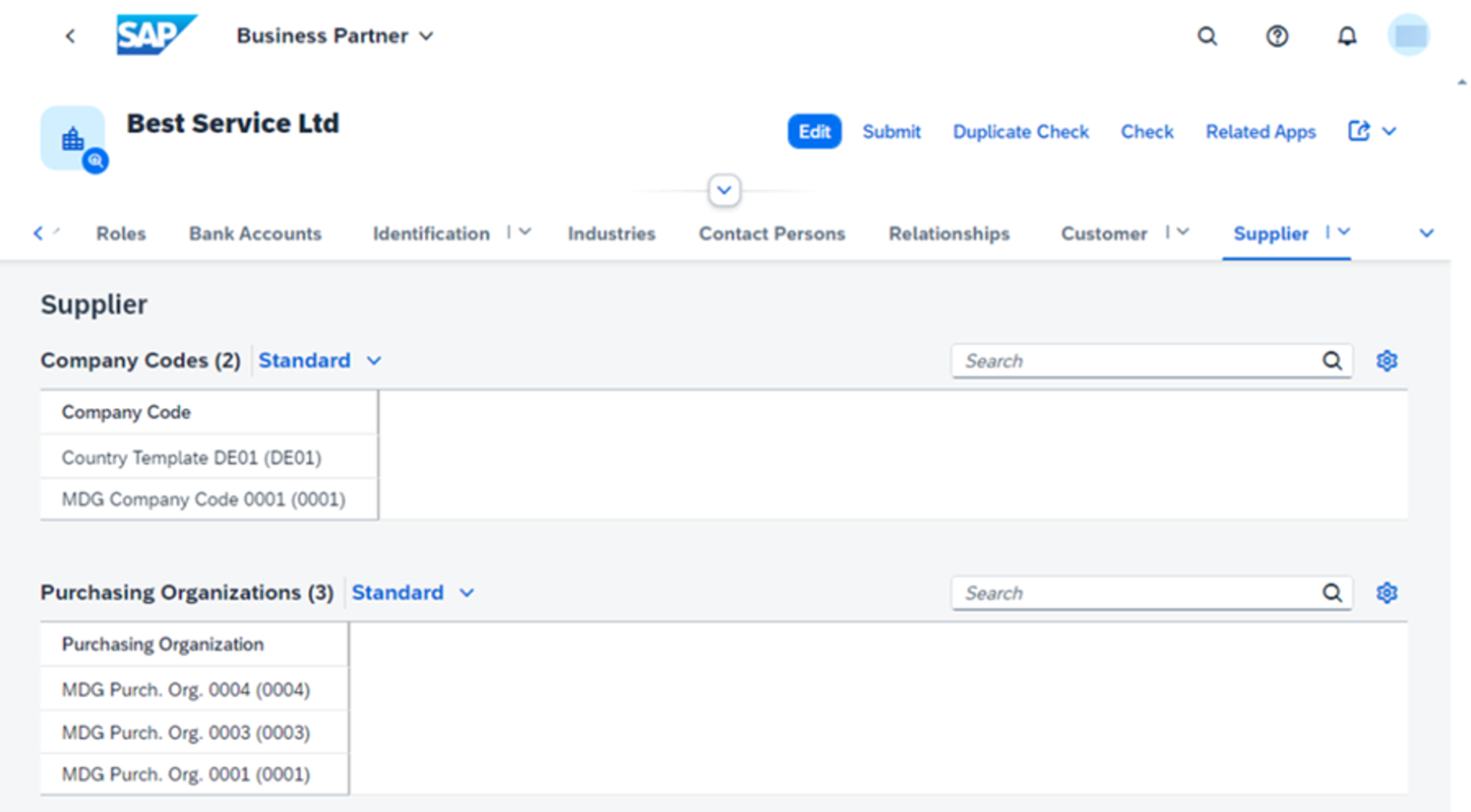
Figure 8: Assignment of organizational units to supplier record
Enhancements in Business Partner Processing in SAP MDG Cloud Edition
SAP MDG CE introduces new features to simplify and enhance business partner processing, providing greater control and visibility for users.
My Governance Processes - Business Partner App
With the My Governance Processes - Business Partner app, users can easily view all business partner processes initiated by yourself. This app provides a comprehensive list of active processes, displaying the number of business partners, BP relationships, and hierarchies associated with each process.
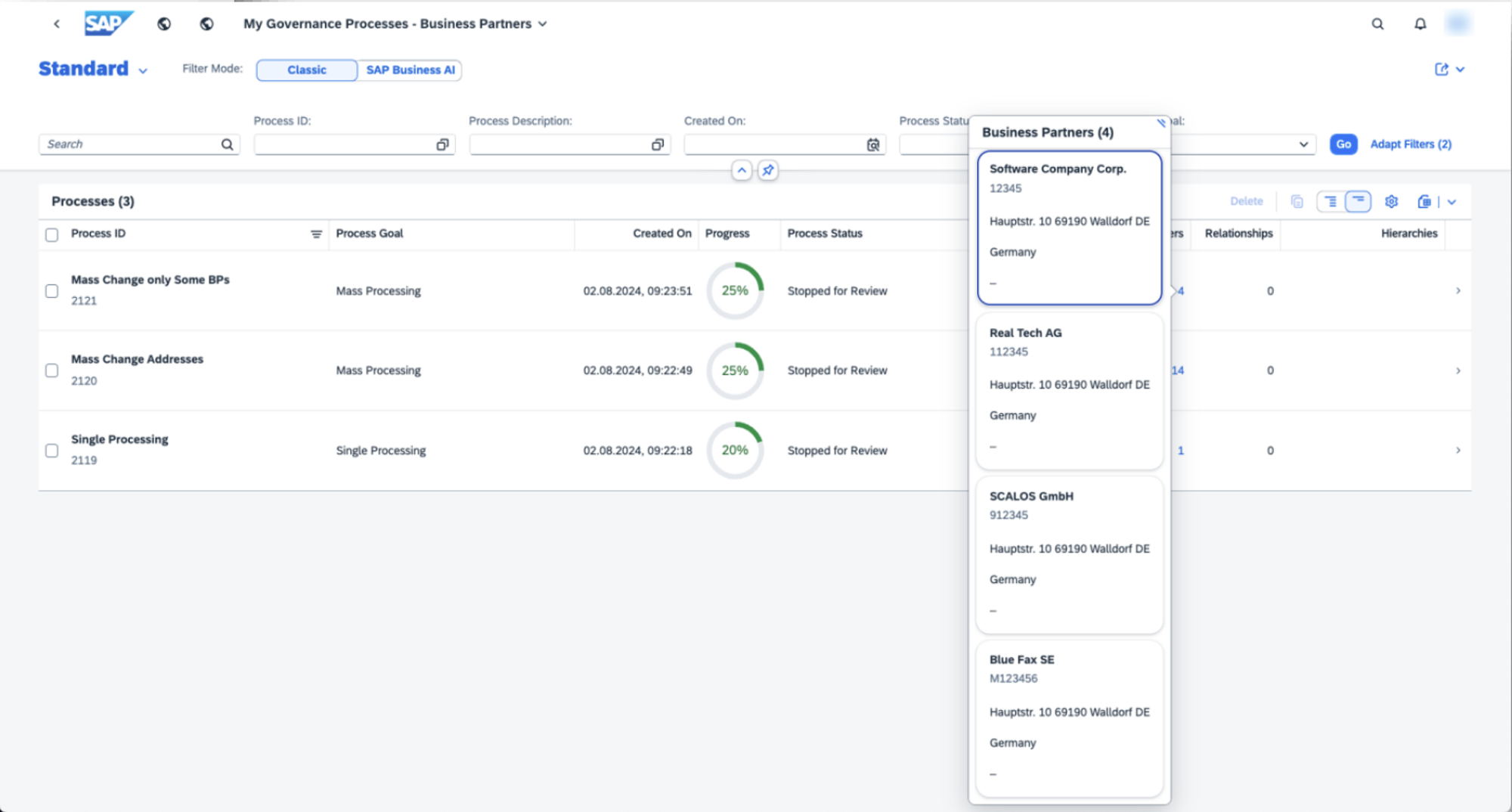
Figure 9: My Governance Processes app
Improved Process Attribute Management
The Maintain Process Attributes feature in the Manage Business Partners and Manage Business Processes apps allows users to assign and manage special attributes—such as priority, due date, or reason—to categorize and analyze master data processes during the creation or modification of a business partner.
These enhancements enable better organization, monitoring, and analysis of business partner processes, streamlining workflows and ensuring efficient master data management.
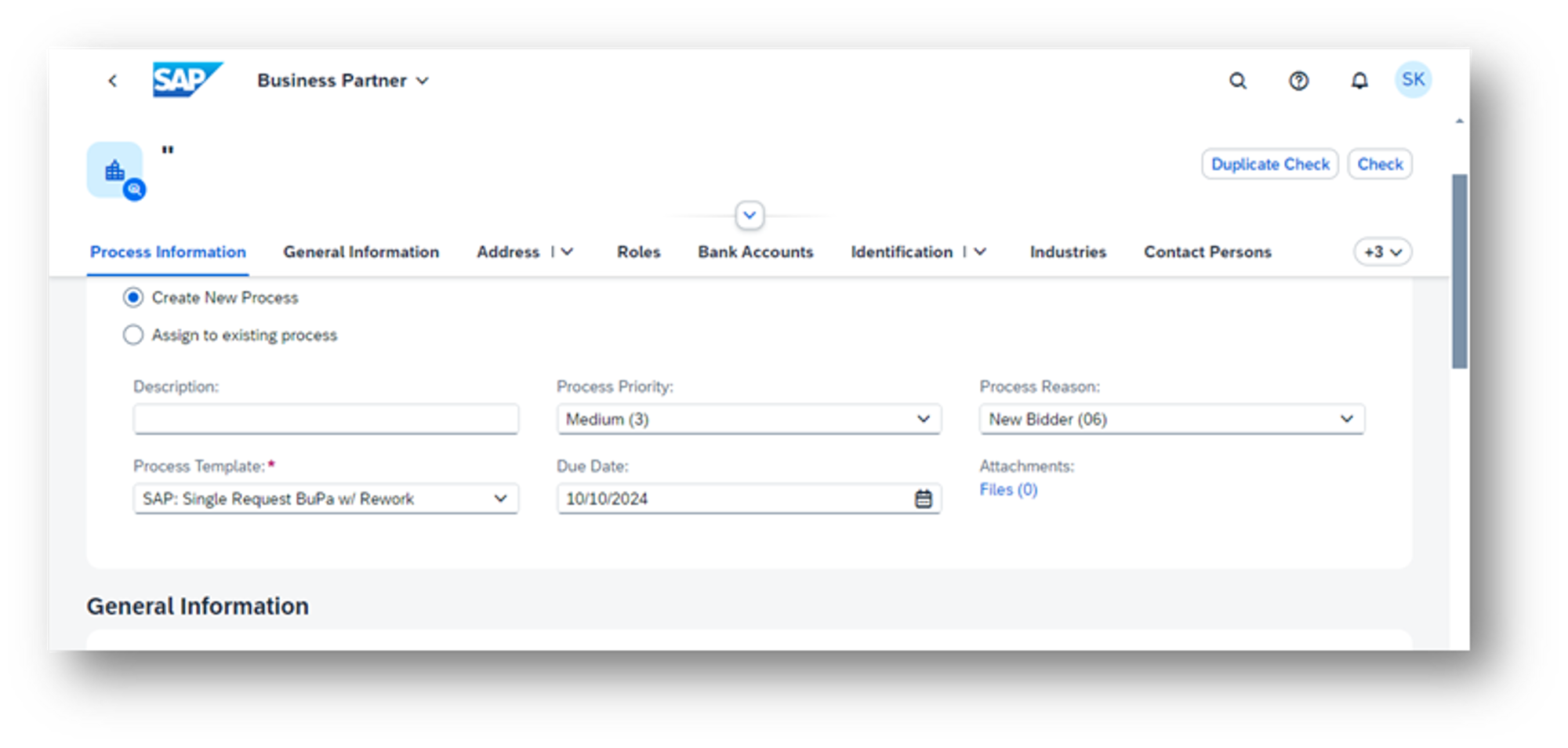
Figure 10: Segmentation of the master data creation process by priority, reason, and due date
Inbound process integration of business-partner relationships
SAP MDG Cloud Edition now enables seamless exchange of business partner relationships with other applications using SOAP. This integration is specifically designed for systems that support time-dependent business partner relationships, ensuring accuracy and consistency across platforms.

Figure 11: Inbound Process to Match and Merge Business Partners (Core Data) from External Systems
These enhancements empower data stewards with greater flexibility and control by:
- Effortless Data Synchronization: Exchange business partner relationship data across platforms using SOAP protocols, supporting time-dependent relationships for enhanced accuracy.
- Enhanced Control for Data Stewards: Data stewards gain tools to manage relationship data effectively, with support for decentralized processes and extended business content within data models.
- Automated and Intuitive Workflows: Automates validation, matching, and activation while isolating erroneous records for easy corrections, ensuring operational efficiency
Boosting Data Quality Management with New Apps in SAP MDG Cloud Edition
SAP MDG CE introduces powerful new apps and enhancements to streamline data quality management for business partner data. These tools empower master data specialists to ensure consistency, accuracy, and actionable insights in their data.
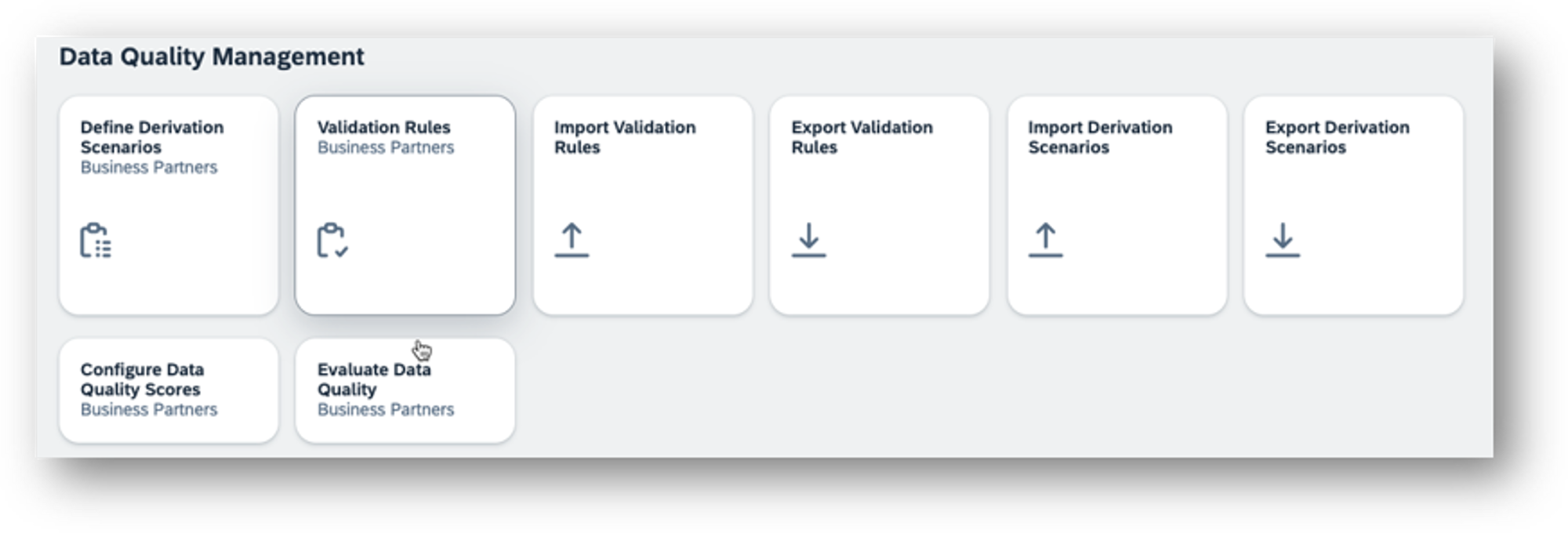
Figure 12: New and improved apps in Data Quality Management
Key Innovations in Data Quality Management
- Define Derivation Scenarios:
With the new Define Derivation Scenarios for Business Partners app, users can create and edit derivation scenarios to deduce master data based on predefined rules and scope, ensuring improved data quality. - Import and Export Derivation Scenarios: The new Import Derivation Scenarios app allows users to import scenarios and their rules, previously downloaded via the Export Validation Rules app, making data governance seamless across systems.
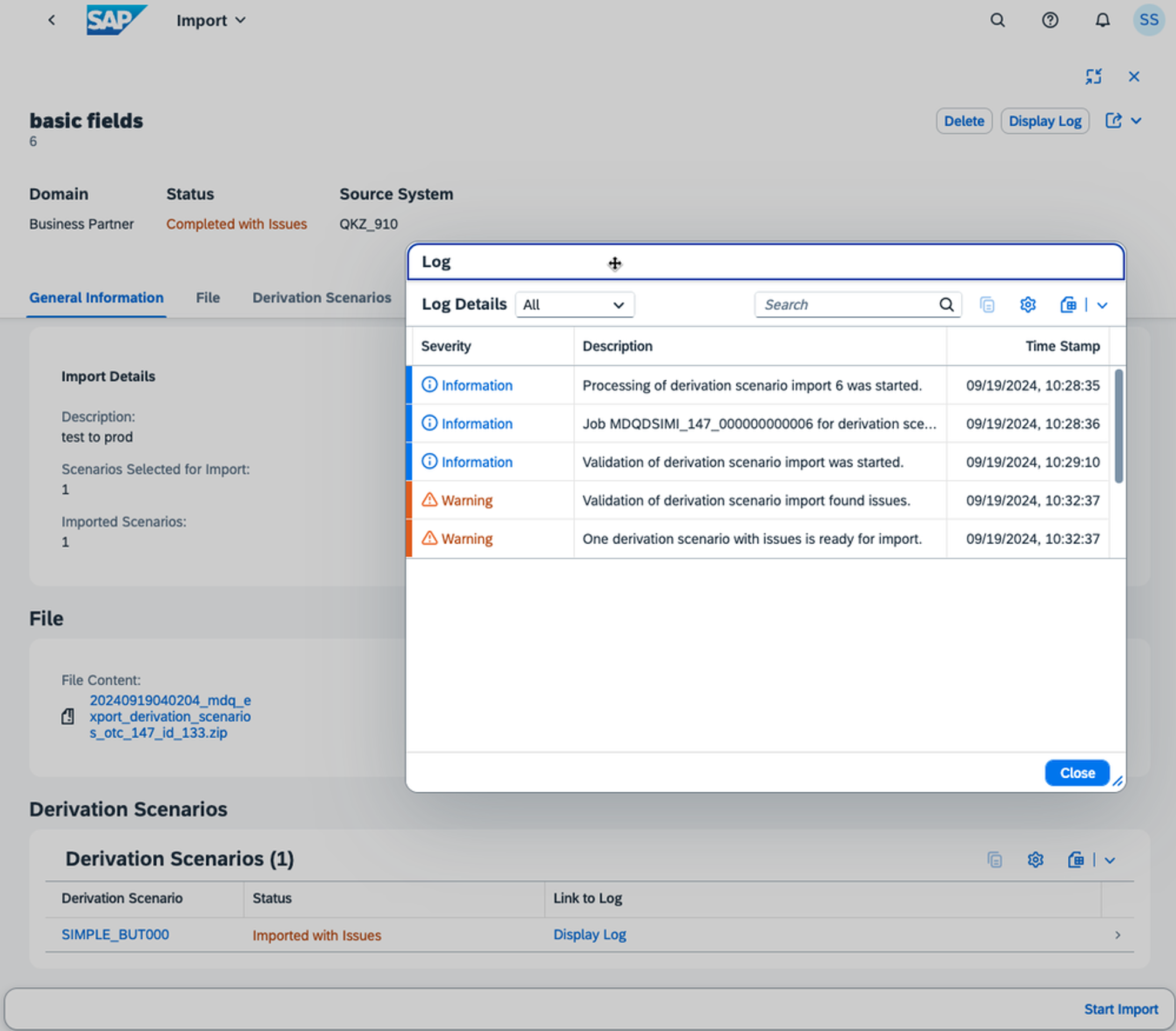
Figure 13: Importing derivation scenarios - log details
3. Import and Export Validation Rules
- Import Validation Rules: Easily import validation rules, including their business details and BRFplus implementation.
- Export Validation Rules: Download and transfer validation rules managed in the Validation Rules for Business Partners app for use in other systems.
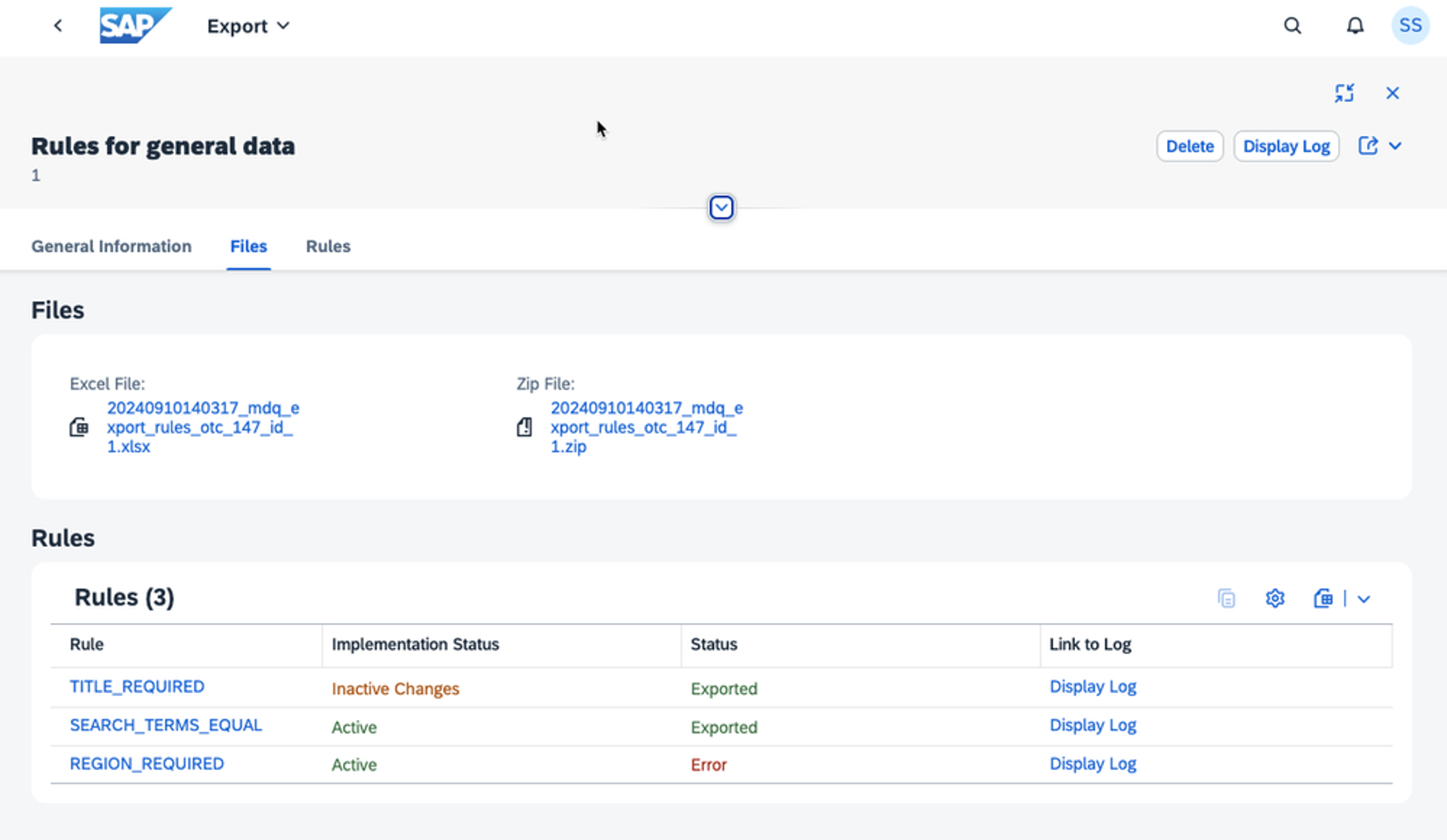
Figure 14: Export app for validation rules
4. Enhanced Validation Rules App
The latest version of the Validation Rules for Business Partners app introduces:
- The ability to copy validation rules.
- A simulation feature to preview and verify rule outcomes.
- Rule assignment checks for dimensions configured in the Configure Data Quality Scores app.
5. Configure Data Quality Scores
The new Configure Data Quality Scores app enables key users to define a data quality reporting structure with categories and dimensions:
- Categories: Support multiple categories with average score aggregation and thresholds (Target, Warning, Critical).
- Dimensions: Support weighted average scoring and rule assignment by impact.
- Rules: Assign rules to dimensions with the flexibility of multiple assignments per category.
Integration Strategy

Figure 15: Integration Strategy
Greenfield Scenario
Options for new implementations
- REST-based integration via SAP MDI: Ideal for organizations already leveraging SAP MDI, especially when it aligns with other Intelligent Enterprise use cases.
- Direct Integration Using SOAP: Suitable for customers not yet using SAP MDI or requiring functionalities not currently supported by MDI.
Brownfield Scenario
Introduction of SAP MDI into existing landscape
- Complete transition to REST-based integration via SAP MDI: Requires all connected systems to support the Business Partner REST API provided by SAP MDI.
- Hybrid approach with SOAP-REST Interoperability in SAP MDI: New systems adopt REST-based integration. Existing systems remain on SOAP but are reconnected through SAP MDI.
Third-party applications integrate seamlessly using the SAP Integration Suite, which includes an MDI REST adapter for streamlined mapping.
Conclusions
This blog explored the latest updates in SAP Master Data Governance Cloud Edition (MDG CE), up until version 2411, highlighting its evolution from on-premise to cloud solutions. Key advancements include:
- Legal Business Partner Hierarchies: Centralized governance for managing and replicating complex business partner structures.
- Core Business Partner Attributes: Enhanced ability to assign organizational units like purchasing organizations and sales areas to business partners.
- Business Partner Processing: Features like the “My Governance Processes” app and enhanced process attribute management for better monitoring and control.
- Inbound Process Integration: Streamlined business partner relationship exchanges via SOAP templates.
- Data Quality Management: New apps for creating derivation scenarios, importing/exporting validation rules, and configuring data quality scores for improved accuracy.
- Integration Strategy: Seamless orchestration of master data across systems to ensure consistency, accuracy, and alignment between different applications.
These innovations enhance scalability, security, and flexibility, making SAP MDG CE an essential tool for modern master data governance.
What’s Ahead? Key Updates and Features for SAP MDG Cloud Edition
Visit SAP Road Map Explorer to discover planned innovations for SAP MDG CE or contact us if you have further questions. Here’s an overview of what awaits us in 2025:
- Enhanced Business Partner Data Model (Q2 2025): Expansion of the core attributes of the business partner data model to incorporate purchasing categories specifically for supplier information.
- Integration of additional Data Providers (Q4 2025): New data providers like Dun & Bradstreet will be integrated to supply high-quality reference data for managing business partner data. This expansion will streamline processes, enhance data accuracy, and reduce reliance on manual work. With access to a broader range of providers, businesses can achieve even greater efficiency and effectiveness in their data management workflows.
Product Vision
- Governance of core Product data: A complementary MDG deployment option that will simplify the governance of core product data, offering organizations a low entry barrier by implementing a SaaS-based master data governance solution while providing the flexibility to evolve toward a federated governance model in the future.
- Enhancing Business Partner Records with Integrated Reference Data in Master Data Workflows: Business Partner records will be enhanced through the integration of reference data directly into processes like consolidation, bulk updates, and other data management tasks. This feature maximizes the efficiency and impact of data provider integrations within master data workflows.
- Federation with SAP MDG CE as the Core Data Owner (CDO) for Business Partner: The SAP MDG CE introduces a federated approach that allows centralized management of core business partner attributes while delegating application-specific attributes to decentralized SAP S/4HANA systems, including public and private cloud editions. This setup provides a flexible balance between centralized and decentralized master data governance, ensuring data is managed where expertise is strongest. Organizations can extend their master data governance capabilities with minimal disruption, achieving better control of core data while supporting modern public cloud environments.
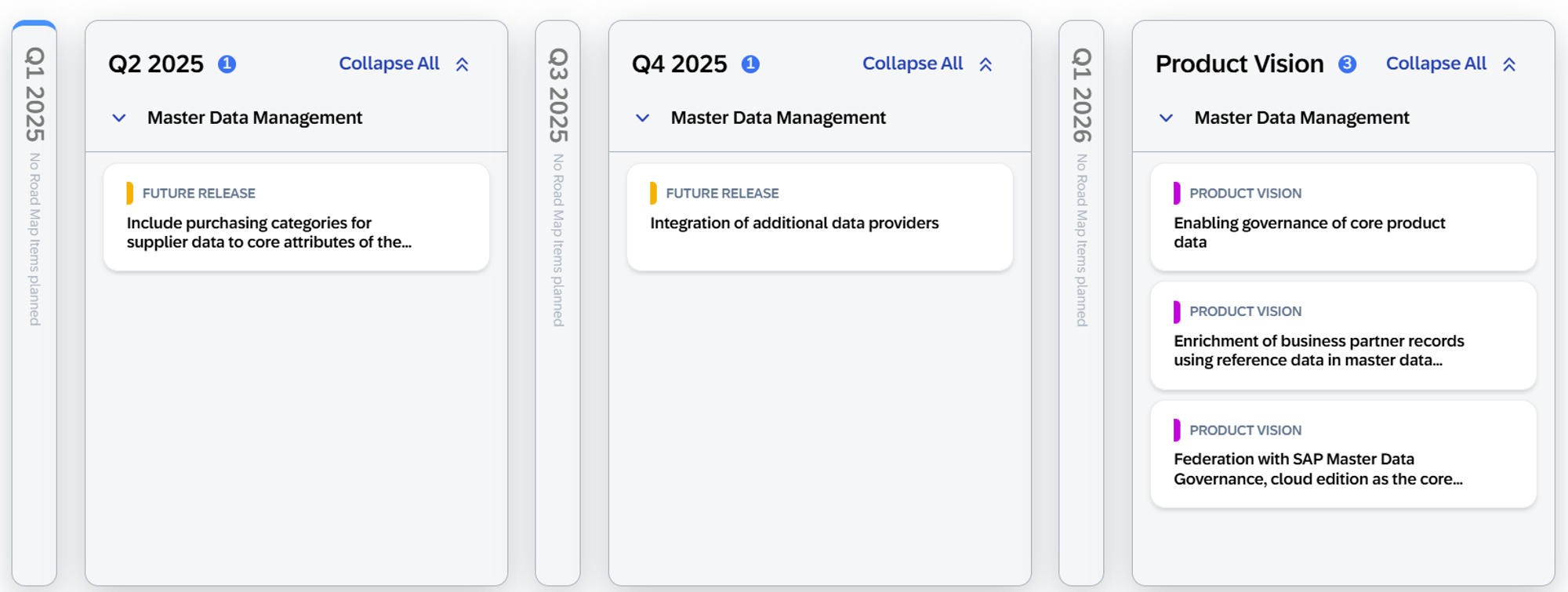
Figure 16: SAP Roadmap
As we wrap up this exploration of the latest features introduced to SAP MDG CE during 2024, we want to thank you for joining us on this journey of innovation and progress. The continuous evolution of SAP Master Data Governance opens exciting new possibilities, and at Alluvion, we’re committed to guiding you every step of the way.
If you need any more information on this topic, fill in the form below, and one of our experts will get in touch soon!
Consulted Sources:
What's New in SAP Master Data Governance, cloud ed... - SAP Community
Governance of application-agnostic legal business-... - SAP Community
What's New in SAP Master Data Governance, cloud ed... - SAP Community
If you need any more information on this topic, fill in the form below, and one of our experts will get in touch soon!

Mano De Backer
SAP Master Data Consultant
SAP MDG Consultant at Alluvion, MSc Business Administration. Expertise: Certified in SAP MDG, BRF+, SAP MDG Consolidation, SAP Data Quality Management, Design Thinking, AI ethics, SAP BTP. Certified in Business Process Integration with SAP S/4HANA 2020 & Prince2 Project Management.
Featured articles






